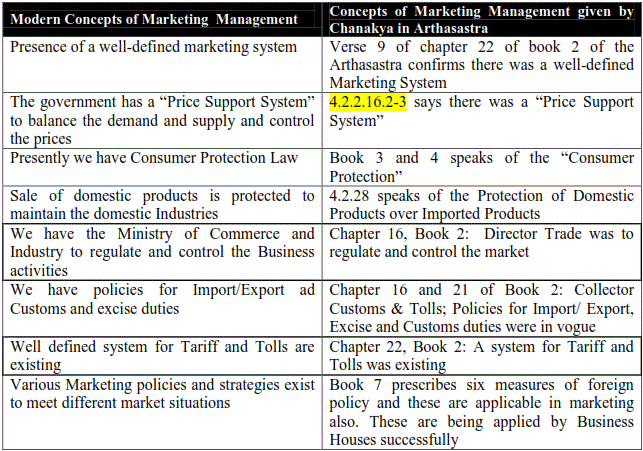

Religion is additionally essential on the grounds as a central part of many individuals' identity, any threat to one's beliefs is a threat to one's very being. Where eternal salvation is at stake, bargain can be troublesome or even sinful.
#KAUTILYA ARTHASHASTRA IN ENGLISH BOOM DRIVER#
National interest dependably remains the key driver of India’s foreign policy similar to other nations. Presently there is an amalgamation of convention and reality of today, India’s foreign policy is influenced by its still surviving ancient traditions and indigenous knowledge. Yudh or war is also of three kinds – (i) Prakash-yudh, ‘open fight’ in place and time indicated (ii) Kuta-yudh, ‘concealed fighting’ involving use of tactics in battlefield, and (iii) Tusnim-yudh or ‘silent fighting’. Similarly, conquest is of three types: Dharmavijay, Lobbhavijay and Asuravijay. Application of foreign policy consists of six policies: (i) Sandhi, making a treaty containing conditions or terms, (ii) Vigraha, the policy of hostility (iii) Asana, the policy of remaining quiet (iv) Yana, marching on an expedition (v) Samsraya, seeking shelter with another king, and (vi) Dvaidhibhava, the two-fold strategy of Sandhi and Vigrah at the same time.


Indeed, even before the introduction of the three Abrahamic established religions books, for example, Arthashastra by Kautilya, were influencing the foreign policy making in India.įoreign policy comprises of four approaches: Sama- Dana- Bheda - Danda, which means conciliation, gifts, rupture and force. India is portrayed as secular, multi-ethnic, multi-lingual and multi-religious country.


 0 kommentar(er)
0 kommentar(er)
